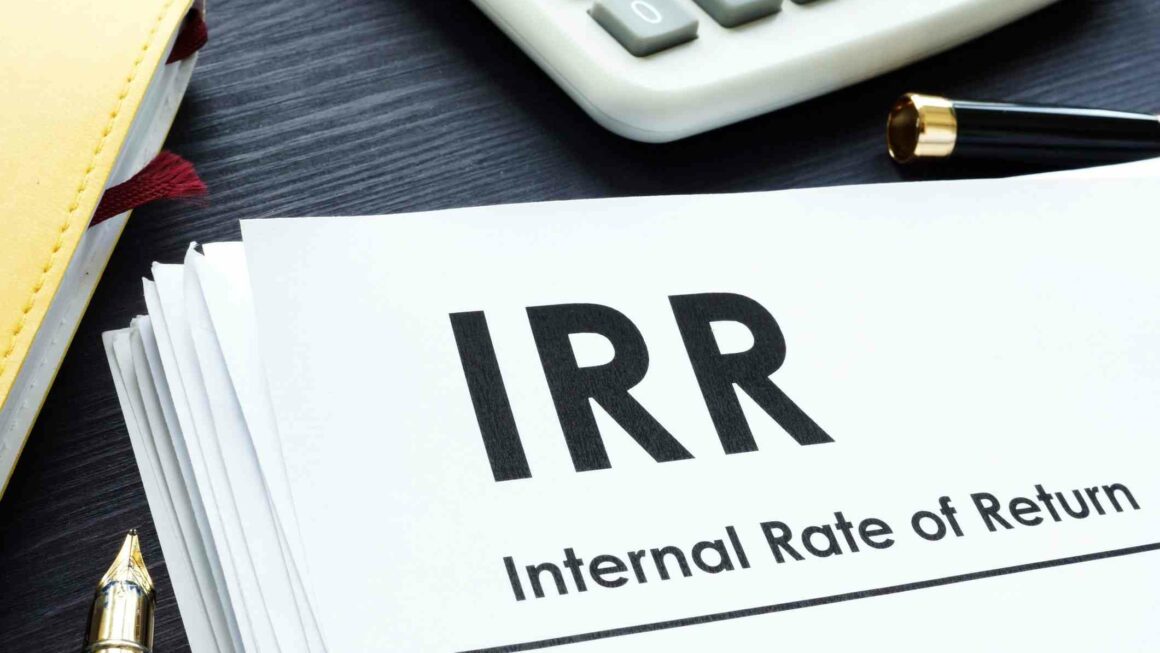With Nifty almost 18,000 and Sensex approaching closer 60,000, there are questions tormenting financial backer personalities. Would it be advisable for them to leave value reserves? Is it an opportunity to move to obligation reserves?
Would it be advisable for one to stop SIPs for the time being? There are no straight responses to these inquiries. In any case, what we can do is take on a more methodical and strategy based way to deal with common assets. Here is the ticket.
- Have a goal and invest towards that goal
This is the first secret when you put invest into quite a while. Your mutual fund holdings should have a specific situation and this setting comes from your monetary objectives. Along these lines, start with your objectives. Your perspective ought to be; when will I resign? What amount of cash I need after retirement? The amount to save in common assets routinely? Run this test for all objectives like retirement, kids’ schooling, second home, savings and so on That gives you clearness on the amount you need to put resources into which class of assets. The rest will naturally follow.
- Prefer SIPs over lump-sum investments
In case you are looking a gander at long haul objectives, you can’t stand by till you accumulate a corpus. You should begin early; in a perfect world with efficient money growth strategies or SIPs. There are more explanations behind a SIP. It matches up with your month to month pay streams so there is discipline in contributing. Furthermore, since you distribute a proper total every month, rupee cost averaging works in support of yourself. You either get more worth or more units.
- Don’t expect consistent returns in the short run
Asset classes are neither consistent nor predictable in the short run. Over a 1 year or long term period, shared assets could be unstable. Try not to surrender without any problem. Any shared asset is best surveyed and assessed over a more drawn out time span of 7-8 years. Indeed, even obligation reserves can’t be evaluated for the time being.
- Don’t annualize short-term performance
Quite a long time ago, common assets used to advertise annualized returns. In the event that a value reserve acquired 8% returns, it doesn’t imply that the asset would procure 96-100% every year. Truth be told, that isn’t just improbable however extremely difficult. Luckily, SEBI prohibited this training as it deceived clients, however financial backers actually extrapolate a transient presentation and anticipate that it should support over the more extended term. That is excessively hopeful and it doesn’t work that way.
- Select growth plans over dividend plans
Investors are realizing the merits of development plans over profit plans. Profit plans are a misnomer. Common assets don’t deliver profits yet sell some portion of your holding esteem. There are two different issues with profit plans. Right off the bat, profit plans conflict with the fundamental thought of intensifying which is vital to long haul abundance creation. Furthermore, profit plans are charge antagonistic. Profits are charged at the pinnacle rate as other pay. You can rather pick development plans and pay concessional charge on capital increases.
- Don’t just look at returns but risk and consistency too
Would you incline toward Fund-X giving 14% return with 15% standard deviation or Fund-Y giving 16% gets back with 45% standard deviation. Standard deviation estimates unpredictability and the danger of the asset. Here, Fund-Y has acquired more significant yields by facing higher danger. This can misfire anytime. Consistency is regarding whether the profits in every one of the most recent 5 years are steady. More reliable the asset, the less you stress over planning of section and exit.
- Diversification is essential, but not beyond a point
Independent of what Warren Buffett may say about the benefits of a concentrated portfolio, you should broaden hazard. In any case, keep enhancement inside limits. You can hold 10-12 resources not 50 resources for enhancement. Past a point, enhancement doesn’t decrease hazard however just substitutes hazard.
- Don’t look at daily NAVs, but read the fact sheet
Day by day NAVs don’t actually make any difference in an expanded arrangement of resources. NAVs just occupy you. Notwithstanding, remember to peruse the month to month truth sheet of the asset. In particular, take a gander at how your property performed versus benchmarks. Likewise inspect if the arrangement of your asset is excessively thought or presented to topical weaknesses.
- Reshuffle and rebalance when required
These are 2 distinct things. Regularly, the assets you hold may reliably fail to meet expectations, all things considered you should reshuffle and move to another comparable asset. Rebalancing is the point at which your value/obligation blend deviates from your center resource distribution. Both are vital for keep your common asset property in fine fettle.
- Follow your fund manager on Twitter and Instagram
Is there merit in doing this? You get two bits of knowledge thusly. Right off the bat, you become acquainted with the view of your asset administrator. Also, you find out with regards to what the general population everywhere are discussing the asset and the director. These might be savages, yet you are not including via online media in any case. It is only a strong information point.
Try not to push a lot about degrees of Nifty, Sensex or RBI position. On the off chance that you follow fundamental mysteries, you can be a genuinely successful common asset financial backer.
Disclaimer: The views, suggestions, and opinions expressed here are the sole responsibility of the experts. No The Money Fly journalist was involved in the writing and production of this article.


